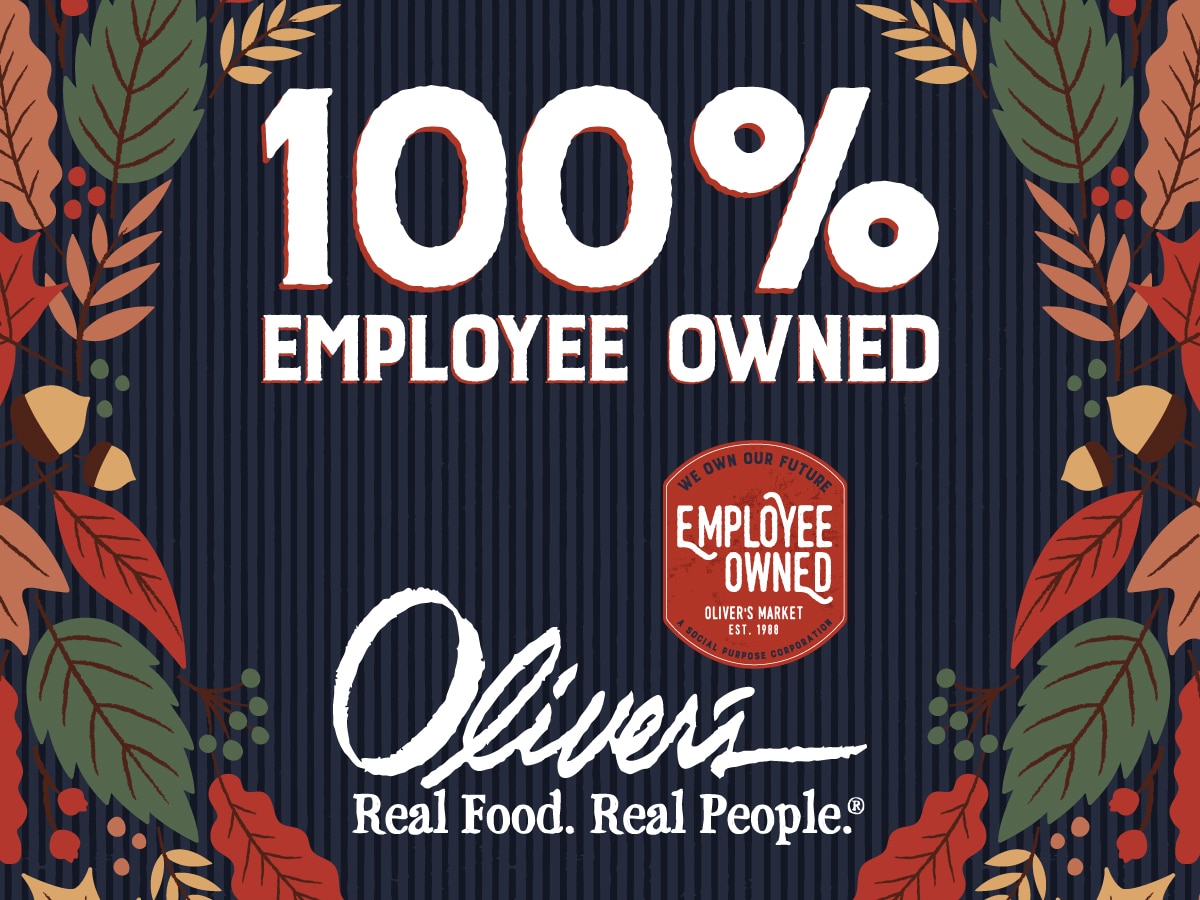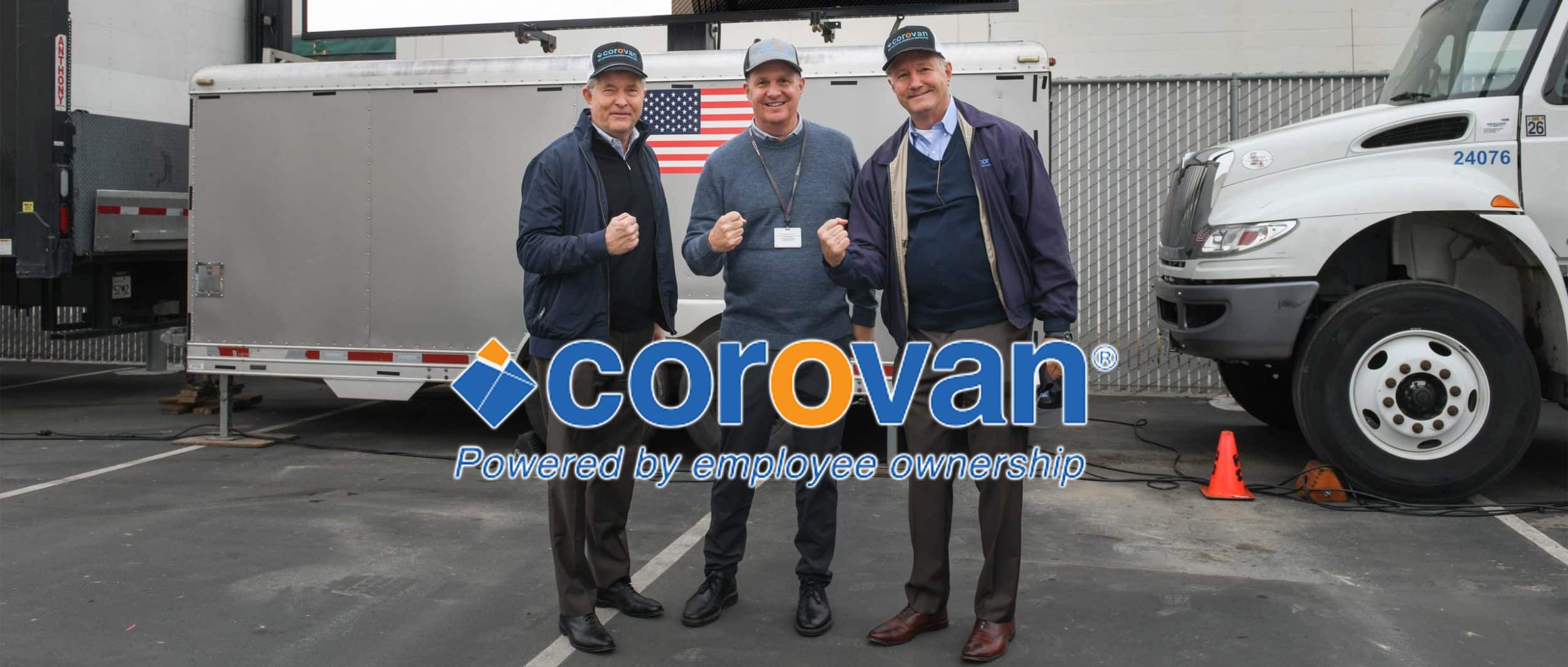MEMORANDUM
TO: ALL CLIENTS
FROM: MENKE & ASSOCIATES, INC. LEGAL DEPARTMENT
DATE: JULY 18, 2001
SUBJECT: NEW “REQUIRED MINIMUM DISTRIBUTION” RULES
Depending on the terms of your Plan, participants who are age 70½ or older, are generally required to receive a distribution from the Plan every year. We will refer to this type of a distribution as a “Required Minimum Distribution” or “RMD”. Under the old rules, the annual amount of the RMD was calculated using life expectancy tables, but only after determining the participant’s beneficiary and the beneficiary’s age. In addition, the old rules included a cumbersome election concerning the method of determining the life expectancy.
The IRS has recently issued newly proposed rules which adopt a simpler method for calculating the amount of the RMD. In almost all circumstances, one “Uniform Table” will be used for calculating a participant’s RMD. The new calculation rules will no longer consider who is named as the participant’s beneficiary and without the need to elect a method of determining life expectancy. It appears that the new simplified rules, once they are effective, will result in reducing the RMD for the vast majority of employees. The benefits of a reduced RMD are: (1) minimizing the participant’s taxable distribution; and (2) conserving the participant’s account balance in the Plan for a longer period of time.
Please note, the new rules do not apply to an RMD attributable to the 2000 calendar year, which must be paid by no later than April 1, 2001. The new rules will only apply to an RMD payable for the calendar year 2001 and thereafter. The new rules generally will not become effective until after the final regulations are issued; expected to be January 1, 2002. After the final regulations are issued, we will notify all our clients to inform them of the application of the new rules, and whether or not an additional amendment will be required to implement the new calculation rules in your Plan.
Even though the proposed rules don’t take effect until 2002, the IRS will permit an election to use the new RMD calculation rules in 2001. If, during the 2001 calendar year, your Plan will make an RMD (attributable to the 2001 calendar year) your Company may elect to use the new RMD calculation rules. In order to elect to use the new calculation rules, the Company must amend the Plan. The Plan can easily be amended by the Company’s adoption of the IRS “Model Amendment.” If your Company wishes to adopt the Model Amendment which will permit the use of the new RMD calculation rules, please complete the attached Authorization and fax it to our San Francisco office at (415) 362-3268.
If you have any questions regarding this memorandum, please contact your Menke & Associates, Inc. Benefits Consultant, or Victor N. Alam or Chuck W. Bachman in our San Francisco office.







